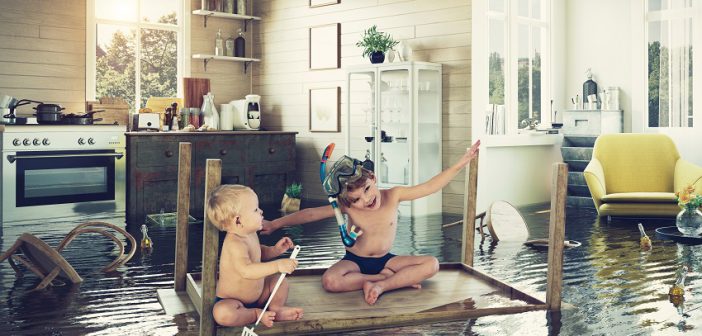Understanding Home Water Damage
Discovering water damage at home can lead to feelings of frustration and urgency to rectify the situation. Water moves in unpredictable ways, and damage can emerge in hidden or unexpected places, ranging from the attic due to roof leaks to the basement from groundwater seepage. The severity can vary widely; some incidents require a quick cleanup, while others may lead to major renovations. Homeowners facing severe water-related challenges might need expertise, such as professional water restoration services in Ottawa, to manage the damage effectively and restore their homes to a safe and comfortable state.
Identifying Common Causes
Understanding the underlying causes of water damage is crucial for prevention and prompt treatment. Causes can be as apparent as a flooding event or as quiet and gradual as a slow leak behind a wall. Plumbing systems can fail, appliances such as water heaters malfunction, or overland flooding from a heavy downpour can introduce water into the home. Seasonal issues such as ice dams on the roof or overflowing gutters can also contribute to water encroachment. Being aware of the weather patterns and the condition of the home’s infrastructure is vital in anticipating potential problems.
Prevention Strategies for Homeowners
Homeowners can employ numerous strategies to mitigate the risk of water damage. Effective preventative methods include:
- Cleaning gutters and downspouts to ensure adequate drainage.
- Installing water leak detection systems that notify homeowners of leaks before they cause substantial damage.
- Routinely monitoring plumbing systems for wear and leaks.
Furthermore, maintaining your sump pump, especially before the rainy season, can prevent basement flooding. Preventive waterproofing of basements and crawl spaces is also a worthy investment that can save much trouble and expense.
Immediate Steps After Detection of Water Damage
The moment water damage is detected, swift action is necessary. Turning off the property’s water supply if the source is a burst pipe or leak and powering down electricity, if it is safe to do so, can prevent further damage. Promptly removing water-soaked items such as carpets, furniture, and personal belongings from the affected area can salvage them and avoid mold growth. Beginning the drying process by opening windows and using fans can also mitigate damage. Still, for extensive water situations, it’s often necessary to call professionals with the tools to dry out the space rapidly and efficiently.
Long-Term Consequences of Untreated Water Damage
The repercussions of leaving water damage unaddressed can be profound. Persistent wetness can cause construction components to deteriorate over time, jeopardizing the house’s structural integrity. When mold and mildew grow, health risks become more apparent because they can lead to allergic responses, respiratory disorders, and other health problems, especially those with health difficulties. The crucial understanding of damp environments’ impact on health is extensively covered in resources like the U.S. Environmental Protection Agency’s guide to mold.
Professional Water Damage Restoration: When to Call the Experts
Often, the severity of water damage necessitates professional intervention. Water damage professionals can perform a comprehensive assessment, including identifying hidden moisture with specialized tools, effectively remediating mold, and repairing or rebuilding damaged structures. A professional response is especially crucial when dealing with contaminated water, such as sewage backups, which pose serious health risks. Relying on expert services ensures thorough restoration and complies with health and safety standards.




